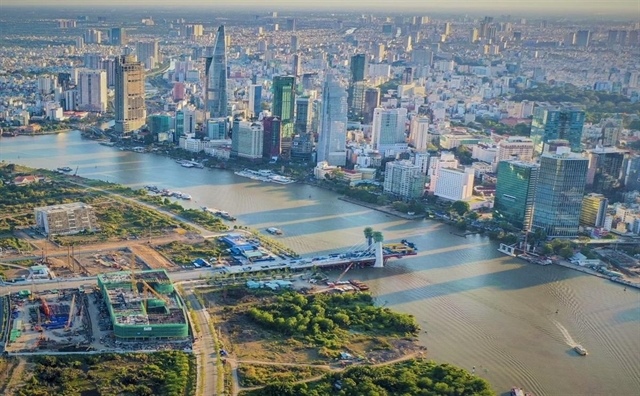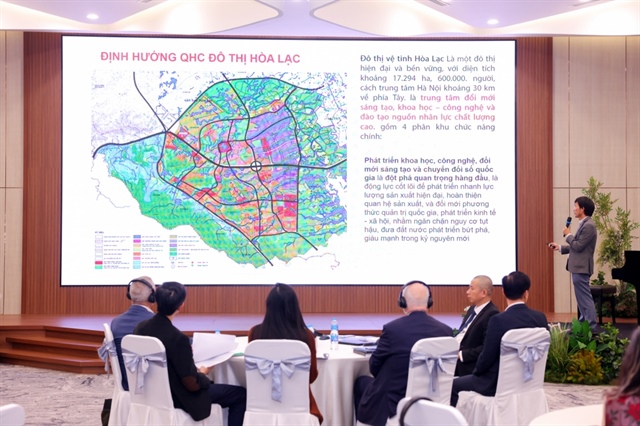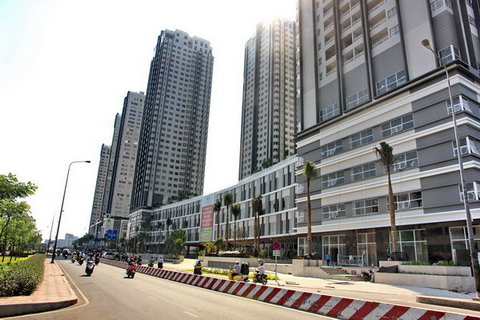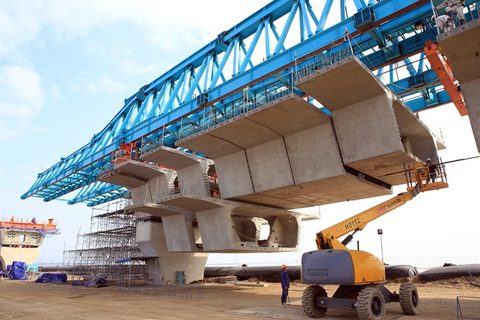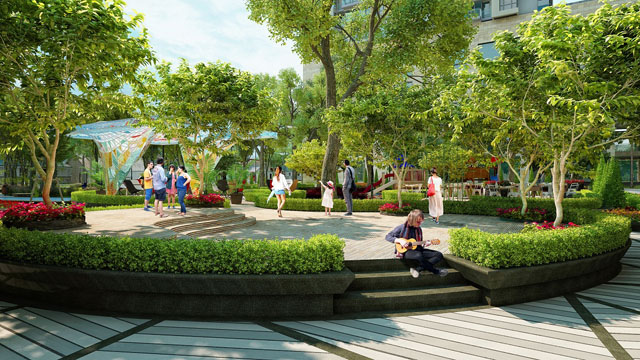Resort in Viet Nam receives green standard
Resort in Viet Nam receives green standard
The Coastal Hill in the FLC Quy Nhon Complex in the central province of Thanh Hoa is the first resort in Viet Nam to attain Leadership in Energy and Environmental Design (LEED) silver certification.
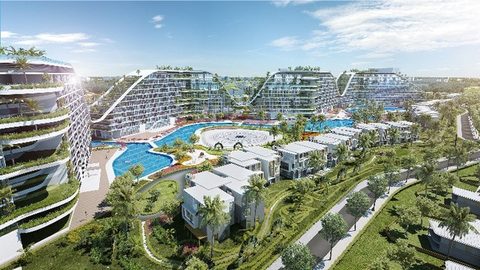
This is the most widely used green building rating system in the world. The project, by property developer FLC Group, meets seven criteria for a green resort, including construction, management to increase quality, protection of residents’s health and the natural environment. It earns a total of 50 to 59 points of the LEED.
The Coastal Hill was designed by architects from Baumschlager Eberle Architekten (BE) – one of Austria’s leading design companies in developing green buildings.
Accordingly, all of the hotel’s rooms have direct contact with natural light and air. Its building density is also low, at 12.4 per cent, while the remaining areas are green.
The project uses environmentally friendly building materials and renewable energies.
The wild animal park, FLC Zoo Safari Park, is located quite close to the hotel with more than 1,000 animals, to offer new experiences to tourists.
Located at Eo Gio – the most favourable location in the complex, the Coastal Hill has 1,500 rooms, the highest number of rooms in the country. It has also been equipped with an infinity pool, a golf course and an entertainment area.
With a total land area of 7,300ha nationwide, the group has developed many five-star resorts, including FLC Sam Son, FLC Vinh Phuc, FLC Ha Long, FLC Hai Phong and FLC Quy Nhon.
In May, FLC and the Viet Nam Real Estate Association signed an agreement on developing green buildings in Viet Nam, thus contributing to the development of a green property market.
In Viet Nam, the trend of green buildings has become popular in the real estate sector, especially at apartments and resort projects.
By the end of April, the country was home to 60 green buildings, including 19 of them meeting the LEED criteria.
This has been a modest figure in comparison with other countries in the region such as Malaysia, with 125 green buildings and Singapore with 1,200 ones.




